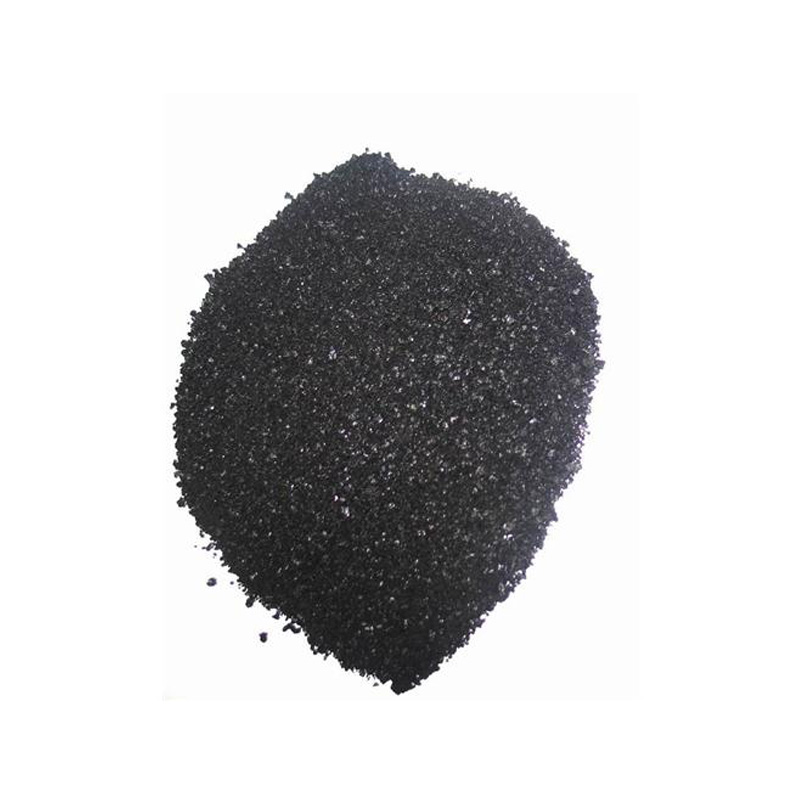Leading Manufacturer of High-Quality Sulfur Dyes for Superior Textile Applications
The Evolution and Impact of Sulfur Dyes in the Textile Industry
In the vibrant world of textiles, the choice of dye can significantly influence not only the aesthetic appeal of fabric but also its durability and environmental impact. Among the various dye classes, sulfur dyes stand out for their unique properties and economical applicability. Manufactured primarily for dyeing cellulose fibers, sulfur dyes have become indispensable in the textile industry, shaping how fabric is dyed and perceived.
Understanding Sulfur Dyes
Sulfur dyes are water-insoluble compounds that require reduction to a soluble form before application. This chemical transformation occurs in a mild alkaline solution, allowing the dye to penetrate the fabric. Once the dye has successfully bonded with the fiber, it is oxidized back to its original state, rendering it insoluble again. This multifaceted process not only makes sulfur dyes efficient but also results in vibrant shades that can withstand the rigors of washing and light exposure.
Typically, sulfur dyes are derived from organic sulfur compounds, and their manufacturing involves several stages, including synthesis, reduction, and finishing. This intricate process requires specialized equipment and expertise, making sulfur dye manufacturers pivotal players in the industry. They not only produce the dyes but also develop and optimize formulations to meet the diverse requirements of textile manufacturers.
Advantages of Sulfur Dyes
The popularity of sulfur dyes can be attributed to their numerous advantages. Firstly, they offer an extensive range of colors, enabling designers and manufacturers to achieve various shades tailored to their products. The deep and rich hues provided by sulfur dyes make them especially popular in denim, workwear, and other applications requiring robust color saturation.
Furthermore, sulfur dyes exhibit excellent wash and rub fastness properties, ensuring the color remains intact even after repeated washes. This durability is a major selling point for industries that require high-performance textiles. Moreover, they are relatively inexpensive compared to other dye types, making them a cost-effective choice for manufacturers aiming to optimize their production budgets without compromising quality.
sulfur dyes manufacturer

The environmental footprint of sulfur dyes is another significant factor driving their use. Traditionally, the textile dyeing process has raised environmental concerns, particularly regarding water pollution. However, with advancements in dye manufacturing technologies and a global shift towards sustainable practices, many sulfur dye manufacturers are now adopting eco-friendly approaches. These include using less harmful chemicals, minimizing water usage, and implementing processes that reduce waste and emissions.
Challenges Faced by Sulfur Dye Manufacturers
Despite their many advantages, sulfur dye manufacturers face several challenges. One major issue is the perception of sulfur dyes in terms of safety and environmental impact. As awareness grows about chemical substances and their effects on health and the environment, manufacturers must navigate increasing regulations and demand for transparency. Ensuring compliance with international standards while maintaining competitive pricing is a delicate balance that requires innovation and sustainable practices.
Quality control is another challenge that sulfur dye manufacturers must address. The consistency of color and performance can vary based on the sourcing of raw materials, manufacturing processes, and external factors like climate. Ongoing research and development are crucial to maintaining high-quality standards and adapting to the evolving demands of the textile market.
The Future of Sulfur Dyes in Textiles
Looking ahead, the future of sulfur dyes in the textile industry appears promising. With the continuous evolution of dye chemistry, manufacturers are exploring innovative formulations that enhance the performance characteristics of sulfur dyes. Research into biodegradable and less toxic alternatives is gaining momentum, aligning with global sustainability goals.
Additionally, collaborations with fashion brands and textile manufacturers that prioritize eco-friendly practices will shape the direction of sulfur dye usage. By emphasizing reduced environmental impacts while enhancing performance, sulfur dye manufacturers can carve out a niche in a rapidly changing market.
In conclusion, sulfur dyes are a cornerstone of the textile industry, offering a blend of vibrant colors, durability, and cost-effectiveness. As the industry embraces sustainability, sulfur dye manufacturers are poised to lead the way in developing innovative solutions that meet both consumer expectations and environmental considerations. The ongoing evolution of sulfur dyes will not only influence the textiles of today but will also pave the way for a more sustainable and colorful future.
-
The Timeless Art of Denim Indigo Dye
NewsJul.01,2025
-
The Rise of Sulfur Dyed Denim
NewsJul.01,2025
-
The Rich Revival of the Best Indigo Dye
NewsJul.01,2025
-
The Enduring Strength of Sulphur Black
NewsJul.01,2025
-
The Ancient Art of Chinese Indigo Dye
NewsJul.01,2025
-
Industry Power of Indigo
NewsJul.01,2025
-
Black Sulfur is Leading the Next Wave
NewsJul.01,2025

Sulphur Black
1.Name: sulphur black; Sulfur Black; Sulphur Black 1;
2.Structure formula:
3.Molecule formula: C6H4N2O5
4.CAS No.: 1326-82-5
5.HS code: 32041911
6.Product specification:Appearance:black phosphorus flakes; black liquid

Bromo Indigo; Vat Bromo-Indigo; C.I.Vat Blue 5
1.Name: Bromo indigo; Vat bromo-indigo; C.I.Vat blue 5;
2.Structure formula:
3.Molecule formula: C16H6Br4N2O2
4.CAS No.: 2475-31-2
5.HS code: 3204151000 6.Major usage and instruction: Be mainly used to dye cotton fabrics.

Indigo Blue Vat Blue
1.Name: indigo blue,vat blue 1,
2.Structure formula:
3.Molecule formula: C16H10N2O2
4.. CAS No.: 482-89-3
5.Molecule weight: 262.62
6.HS code: 3204151000
7.Major usage and instruction: Be mainly used to dye cotton fabrics.

